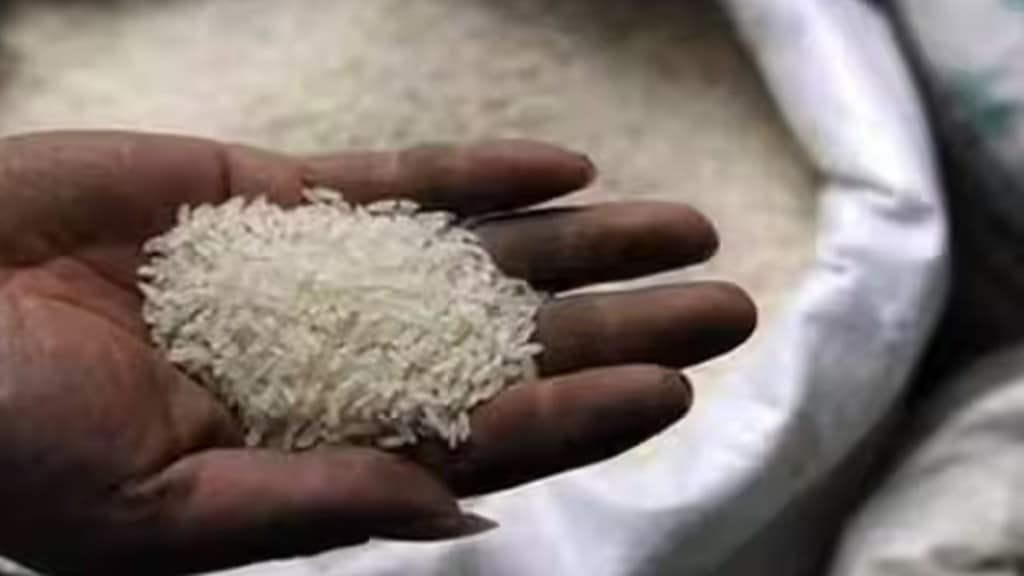India banned the exports of non-basmati white rice on July 20, in a bid to rein in high cereal prices in the domestic market. The world’s biggest rice exporter since 2012, the country accounted for more than 40% of the global rice trade of 55.6 million tonnes (mt) in 2022. Sandip Das explains the implications of the restrictions
India and global rice trade
India has been the world’s largest rice exporter since the past decade, surpassing Vietnam and Thailand. It is also the second-largest producer of rice after China. From around 5 mt of exports in 2012-13, rice shipment has increased by >340% in 2022-23 and the value of rice shipment was >$11 billion last fiscal. Despite imposing a 20% export tax on white rice in September last year, India’s rice shipment has been rising steadily.
Over 140 countries bought basmati and non-basmati white rice from India in FY23. The ban would cause some disruption in white rice shipment in the coming months. The effect will be most felt in the neighbourhood — Nepal and Bangladesh — the African countries of Madagascar, Benin, Kenya, and Ivory Coast, and some Asian countries such as the UAE, Indonesia and Malaysia.
The rationale of the ban
The motive behind restricting white rice exports, the Centre said, was to improve domestic supplies to contain cereal inflation, which has remained in double-digits since October last year. In October 2022, retail inflation in rice was reported at 10.21%. This then rose to 11.78% in June 2023. This was despite the record rice production in the 2022-23 crop year (July-June), estimated at 135.5 mt. In FY23, India exported a record 22.34 mt of rice to more than 140-odd countries. Food ministry officials said, in Q1FY24, India’s exports of white rice grew by 35% year-on-year, to 1.5 mt, because of the geo-political scenario, the El Nino threat for global rice output, and erratic climatic conditions in major exporting countries, etc.
Although, till July 28, paddy transplanting has been completed in around 60% of the normal sown area and rice area is up by 1.8% , the decision to restrict exports is to prevent any supply constraints in the coming months.
Global response
The International Monetary Fund (IMF) has said it would ‘encourage’ India to remove the restrictions, which would have an impact on global inflation. Pierre-Olivier Gourinchas, chief economist, IMF, has stated that these types of restrictions are likely to exacerbate volatility of food prices in the rest of the world. There are also reports of Thailand, the second-biggest exporter of rice, increasing the price of white rice (with around 5% broken rice) by around $35 per tonne to $569/tonne last week.
The Food and Agriculture Organisation also expressed reservation over such bans on grain shipment. However, India has indicated its willingness to consider meeting the food security needs of several countries on a government-to-government (G2G) basis. For instance, since India imposed a ban on broken rice exports in September last year, around 1 mt of broken rice was shipped to Indonesia, Senegal, Gambia, Mali, and Ethiopia.
Implications for domestic and global supplies
Traders say white rice prices (with 5% broken) has declined to Rs 28/kg from the Rs 31/kg prevailing prior to the export ban. The Food Corporation of India (FCI), which had been trying to sell rice to bulk buyers through e-auctions at 11% below the economic cost (at Rs 31/kg), has received lukewarm response. FCI sold only 570 tonne in the last four weeks. As of July 26, 2023, it had rice stocks of 38.6 mt (including 13.89 mt to be received from millers), far above the buffer norm of 10.25 mt for October 1.
The Centre will have to cut the Open Market Sale Scheme (OMSS) rice prices to attract buyers. Stocks are sufficient for PDS disbursal and selling in the open market. Rice exporters said that shipment of premium non-basmati rice varieties such as Sona Masoori, Samba Mashsuri, JRR and HMT are likely to be hit. These varieties have significant markets in Europe, the US, the Gulf countries, and south-east Asian countries.
The food ministry said that it would hit around 6 mt of white rice exports shipment where India has 50% share in trade, the rest being supplied by Vietnam and Thailand. Exporters also said that the government could consider lifting white rice exports by the end of the year after assessing the kharif production (80% share in rice output) prospects for 2023-24 crop year (July-June).

